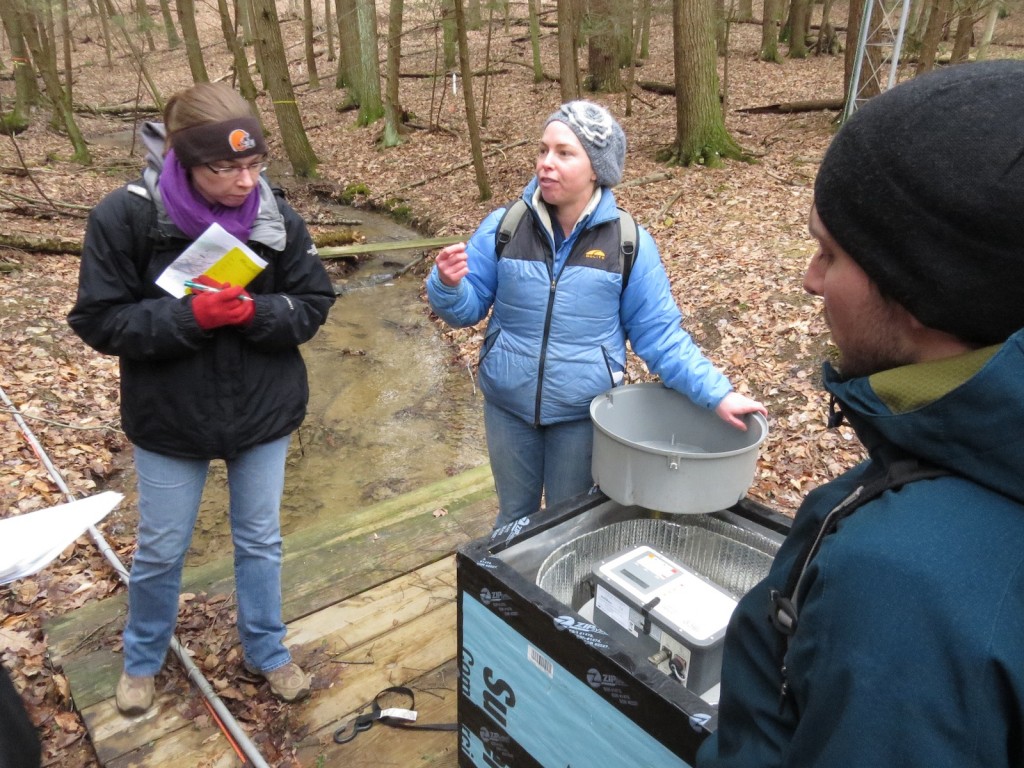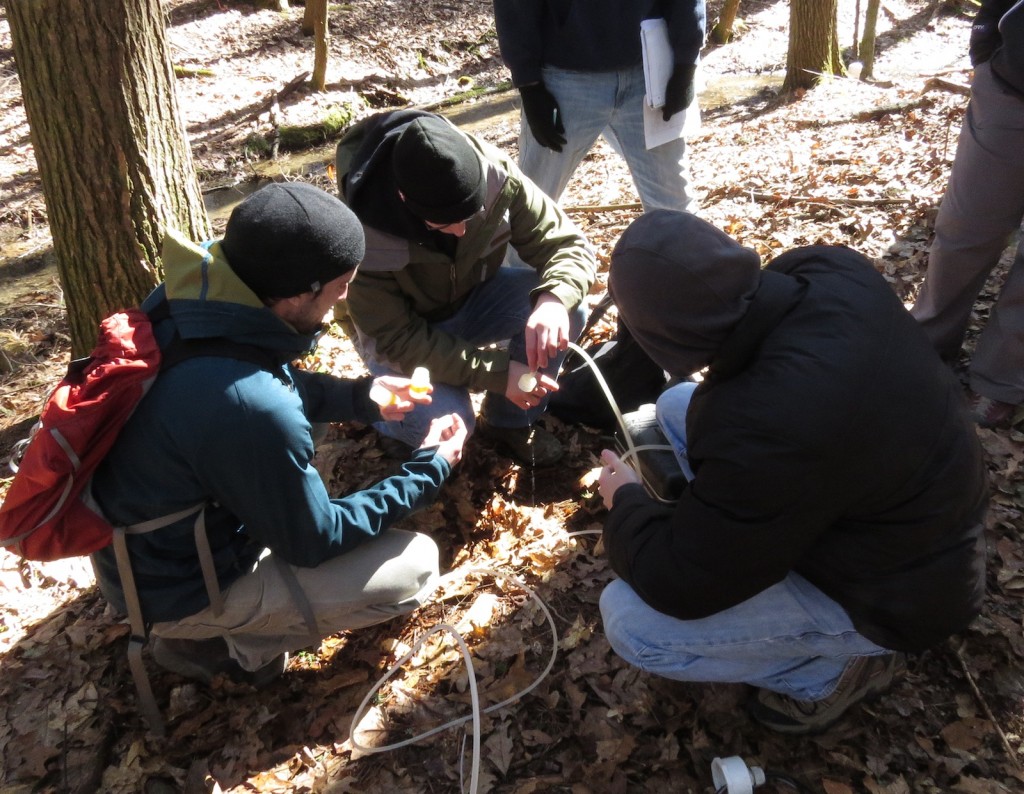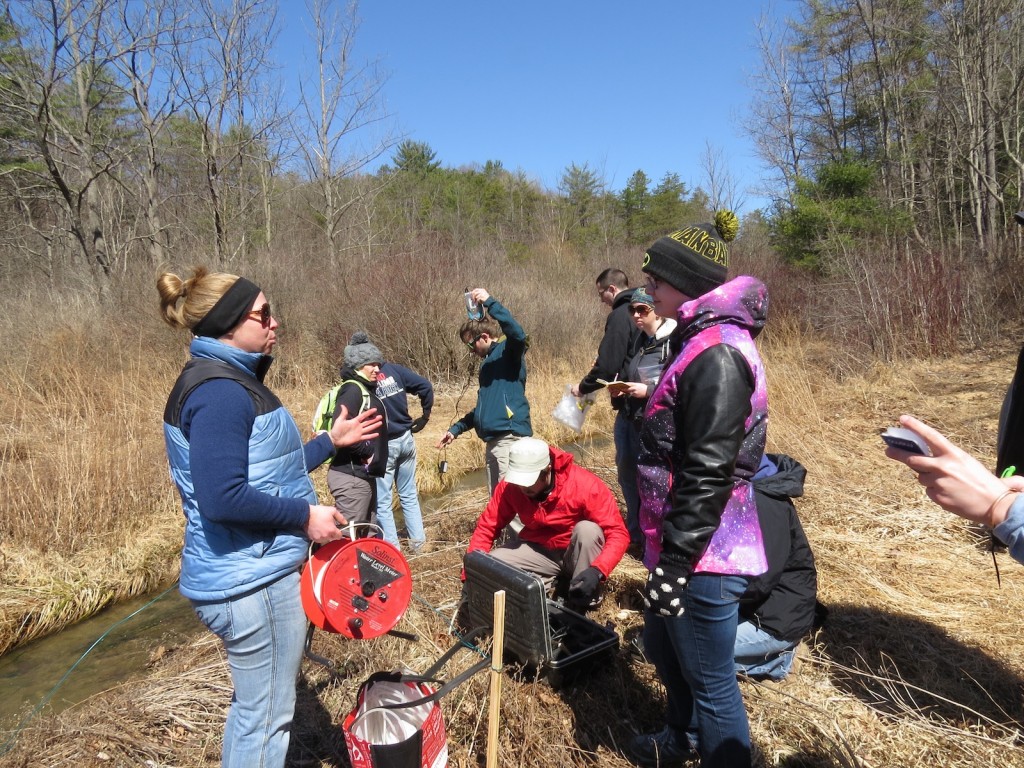Watershed Hydrology Trip to Susquehanna Shale Hills Critical Zone Observatory
Kent State University Department of Geology’s Watershed Hydrology class visited the Susquehanna Shale Hills Critical Zone Observatory on April 5-6, 2014. Penn State post-doc Pamela Sullivan gave them a tour of the watershed and its instrumentation, with a focus on how the measurements could contribute to understanding how hydrology drives landscape evolution on shales. The students were introduced to the challenges of hydrologic field work as they attempted to produce a continuous flow of water from a 75′ foot deep well on the watershed’s ridgeline. On Sunday, the students learned and practice water quality sampling protocols and collected water samples from streams and shallow wells in the CZO watershed and in watersheds with differing geology.Temperature, pH, specific conductance, and DO were measured in the field, and ions, cations, and stable isotopes will be measured in laboratories at Penn State and Kent State. The students will discuss these data in class over the next several weeks as they integrate their understanding of how geology and topography control hydrologic flowpaths, streamflow generation mechanisms, and water quality.

Kimm Jarden and Sebastian Dirringer are put to work cleaning a water retrieval system for one of the deeper wells in the CZO.
The class stayed on the shores of Lake Perez, which has been drained for the last few years to enable repairs on the dam. The lake has just begun refilling, but while empty it has created some interesting research opportunities.

Kent State students enjoyed seeing a mostly empty reservoir. It’s neat to be able to see a dam, spillway, and what the reservoir bottom looks like without any water.
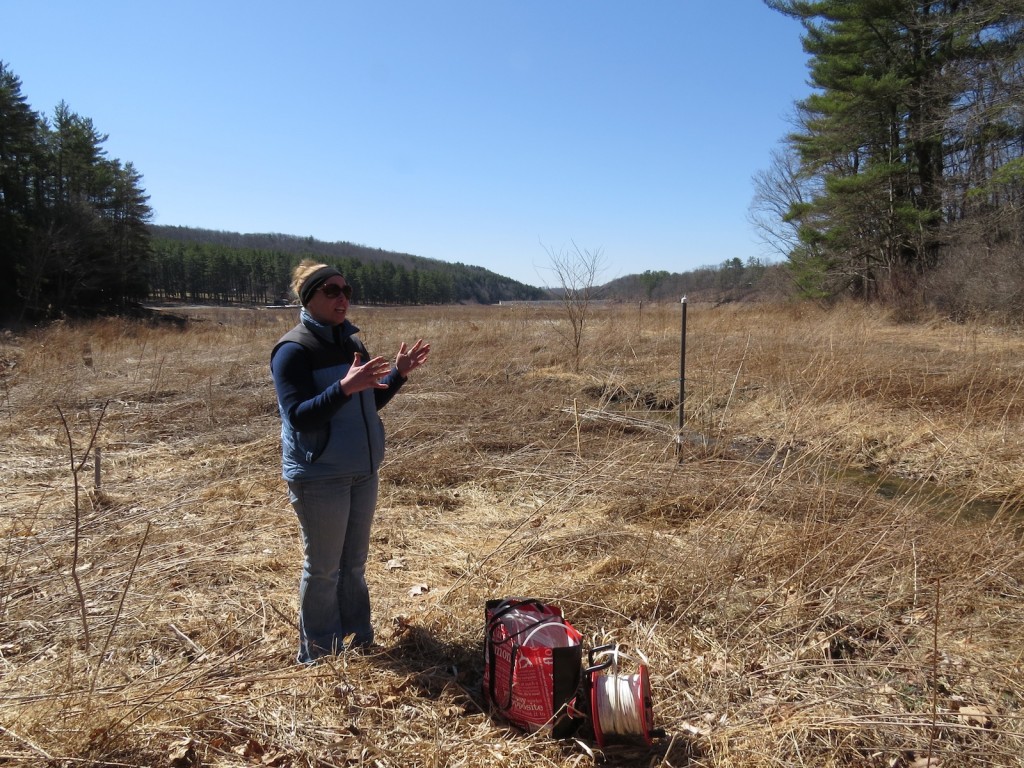
Pam Sullivan describes the well field at Katie Creek. This area will soon be inundated by the refilling of Lake Perez. Some wells are being raised up, so that Penn State scientists can assess the effects of the reservoir refilling on local groundwater dynamics.
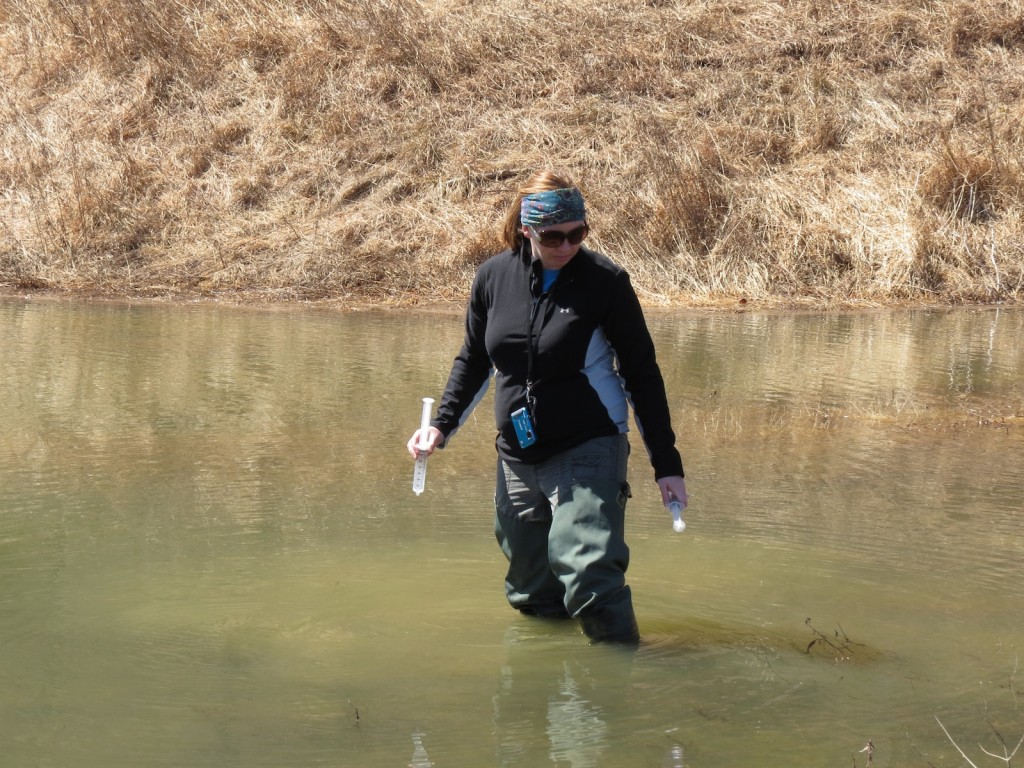
Krista Booth collects a water sample from Lake Perez, which integrates all of the other watersheds we sampled.
I’ll try to add some more beauty shots of the CZO watershed at some point, but I wanted to be able to show our class in action in the field.


